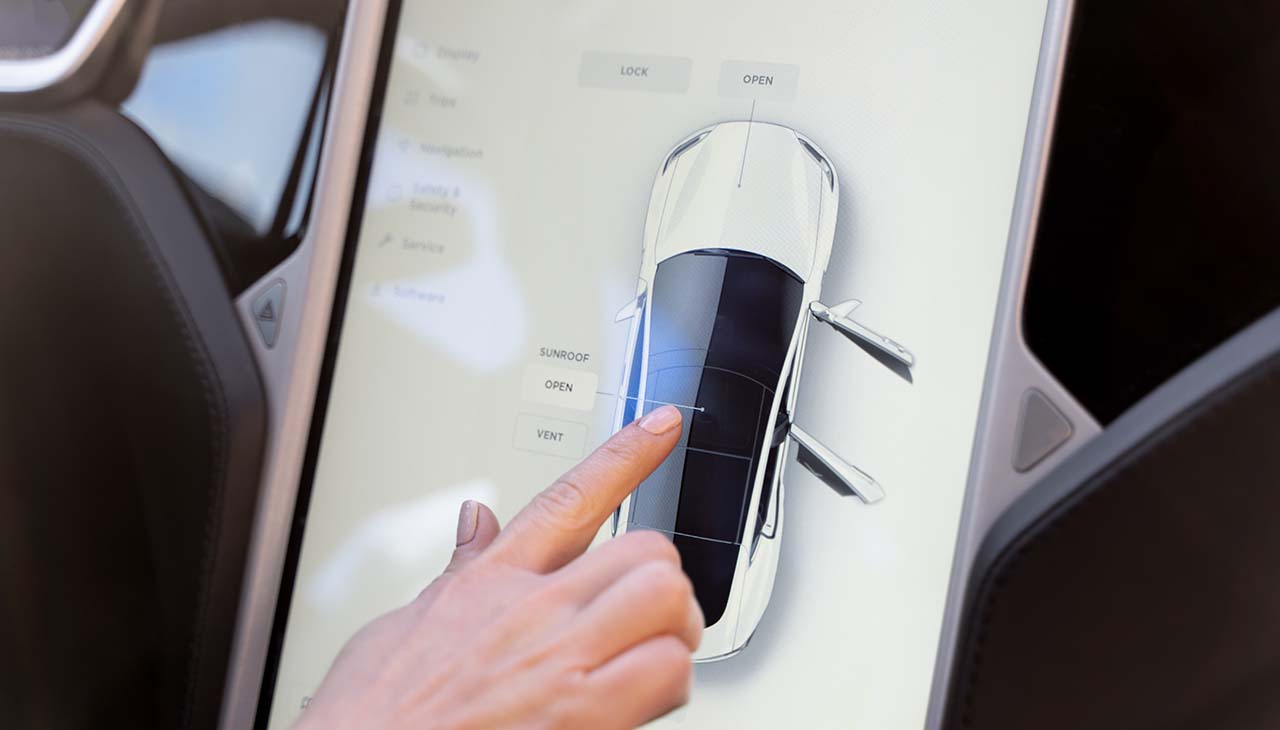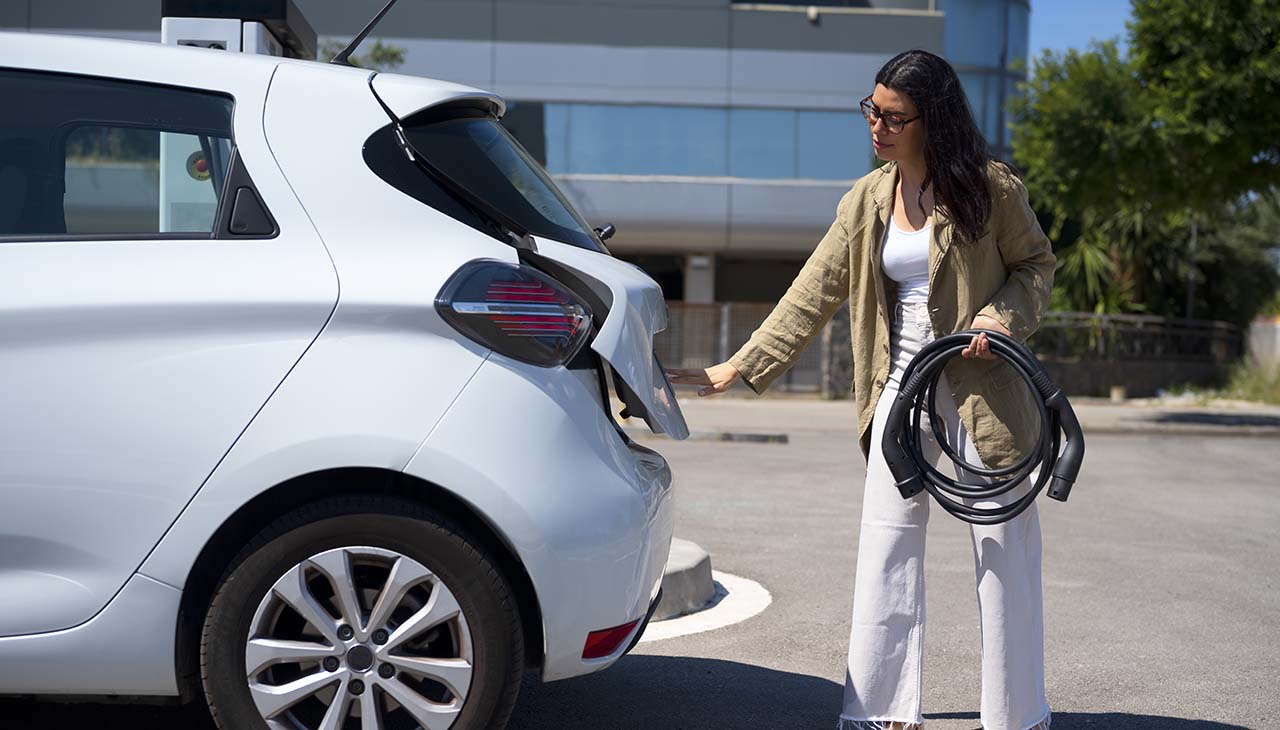The electric vehicle (EV) industry is accelerating faster than an EV off the mark. From visionary investors to breakthrough technology, the synergy between innovation and sustainability is reshaping the very fabric of transportation as we know it. With each new milestone, EVs are swiftly moving from the fringes as a novelty to the heart of discussions on our automotive future.
This surge is no short circuit. It’s a culmination of years of research, development, and policy changes that have sparked a global phenomenon. In this comprehensive exploration, we’ll charge into the latest advancements in electric vehicle technology and unearth the implications for stakeholders across the board.
The Evolution of Electric Vehicles
The current boom in EV technology is inarguably rooted in a complex tapestry of historical threads. It’s crucial to note that the modern electric car is not a novel invention but rather a reinvention of a wheel that has turned for over a century.
In the late 19th and early 20th centuries, electric vehicles—more prevalent at the time than their combustion counterparts—existed as quiet, efficient modes of urban transportation. However, as internal combustion engine vehicles improved in range and performance, EVs took a back seat for nearly a century.
The late 20th century saw a resurgence in interest, but innovation was stifled due to limited battery technology. Fast forward to the 21st century, and we find ourselves in an electrified renaissance, powered by advancements that are making EVs not only viable but also preferable.
The Latest Technological Advancements in EVs
The backbone of the EV revolution lies in battery technology. Recent advancements in solid-state batteries have promised higher energy density, quicker charge times, and longer lifespans. These developments, along with the continued refinement of lithium-ion batteries, are extending the horizons of electric travel.
Beyond batteries, electric motors and power inverters are becoming more compact and efficient, boosting both performance and range. With innovations like silicon carbide (SiC) power electronics and single-speed transmission systems, EVs are redefining the driving experience.
Charging infrastructure is another facet of the EV ecosystem that is witnessing a metamorphosis. Ultra-fast chargers, capable of juicing up a car in minutes rather than hours, are cropping up across major highways and urban landscapes. Wireless charging is also edging closer to mass-market viability, promising an EV experience that is as convenient as it is green.
Autonomous driving is the next stop on the EV express. The convergence of AI, connectivity, and electric mobility is paving the way for a new era of driverless transportation. Several manufacturers and tech companies are integrating self-driving features into their EV models, signaling a path toward mobility services that are both on-demand and emission-free.
Impact on the Automobile Industry
The ripple effect of EV advancement extends throughout the automobile industry. Manufacturers are aggressively investing in electric platforms, launching new models, and electrifying their existing fleets. This paradigm shift is not only changing how cars are powered but also how they are constructed. EVs often require fewer parts, less maintenance, and present an opportunity for new design languages.
The shift to electric mobility is also influencing ancillary industries, from raw materials sourcing to battery recycling. It is catalyzing innovation in fields as diverse as urban planning and public policy, as cities grapple with the influx of EVs into their infrastructure.
Consumer Adoption and Market Trends
The market for EVs is electrifying, to say the least. Global EV sales are skyrocketing, with consumers drawn to the promise of lower operating costs, government incentives, and an environmentally conscious image. Consumer preferences are shifting, and automakers are responding by accelerating their EV roadmaps.
However, challenges remain. EVs are not yet universally accessible, and concerns over range anxiety and charging infrastructure persist. Nevertheless, the trajectory is clear; the future of personal transportation is charged and eco-friendly.
Sustainability and Environmental Benefits
Perhaps the most compelling aspect of EV technology is its potential to dramatically reduce the carbon footprint of the transportation sector. By leveraging renewable energy sources, EVs offer the promise of zero-emission driving, a critical factor in combatting climate change.
The environmental benefits of EVs extend beyond greenhouse gas reductions. Electric mobility also stands to improve air quality in densely populated urban areas, where pollution from traditional vehicles can have severe public health implications.
Challenges and Opportunities
To be sure, the path to a fully electrified transport sector is not without its speed bumps. The transition requires a rethinking of the energy grid, battery production at scale, and the adoption of new regulatory frameworks. There are also concerns related to the sustainability of raw materials used in EV batteries and the equitable distribution of benefits across societies.
Yet, these challenges present opportunities for growth and innovation. The shift toward electric mobility is fostering a new ecosystem of businesses, ranging from energy startups to mobility service providers. It is also spawning a new generation of entrepreneurs and professionals with the skills to lead in the age of electric transportation.
Conclusion
The race for the future of mobility is on, and EV technology is leading the charge. The advancements discussed here are not isolated events but interconnected components of a larger narrative. It is a narrative that speaks to the unyielding human spirit of invention, the ceaseless pursuit of progress, and the collective goal of building a sustainable future for generations to come.
For those in the automotive industry, the message is clear; adapt or be left behind. For consumers, the options are expanding, and the benefits of making the switch to electric are more compelling by the day.
It is an exciting time to be part of the EV community. The wheels are turning, and the road ahead is one of promise and potential. Whether you are a die-hard enthusiast, a savvy investor, or an eco-conscious driver, the call to action is the same. Engage, learn, and contribute to the unstoppable momentum of the EV revolution. The future is here, and it’s electric.




